Great Design Plant: Symphyotrichum Shortii
http://www.decor-ideas.org 10/28/2015 01:13 Decor Ideas
Short’s aster (Symphyotrichum shortii) is an exceptional native aster I was exposed to after moving from New England to the Mid-Atlantic region. I now see it growing along the roads, in hedgerows and in woodlands. I’m fortunate to have a large colony right outside my kitchen window, where I can enjoy the late-season blooms and the wide variety of pollinators that visit them.
Not in the Mid-Atlantic or Midwestern U.S.? Browse plants native to other regions of the U.S.
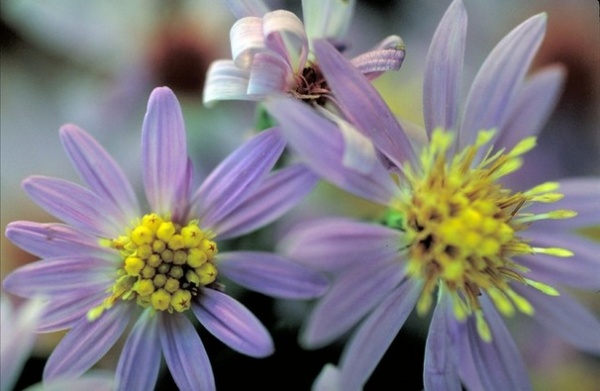
Botanical name: Symphyotrichum shortii (formerly Aster shortii)
Common name: Short’s aster
Origin: Native range includes Mid-Atlantic and Midwestern states from Pennsylvania to North Carolina in the east and as far west as Arkansas and southeastern Minnesota; isolated populations as far south as northern Florida
Where it will grow: Hardy to minus 35 degrees Fahrenheit, or minus 37 degrees Celsius (USDA zones 3 to 8; find your zone)
Typical plant communities: Dry woodlands and savannas
Light requirement: Best in partly sunny conditions, such as at a woodland’s edge, or in open shade; tolerates full sun with additional moisture
Water requirement: Average to dry; likes well-drained organic soil
Shown: A close-up of the blooms clearly shows the yellow florets of the central disk.
Photo by Thomas G. Barnes
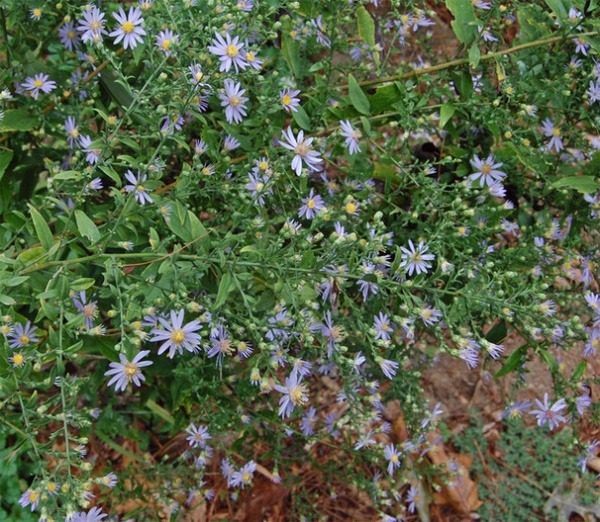
Mature size: Upright habit 2 to 3 feet tall and about 1½ feet across; may flop over in full bloom if not supported by other plants or cut back in early summer
Benefits and tolerances: Tolerates dry shade and limestone soil; generally resistant to deer (my plants get lightly browsed). Late-season blooms provide food for native pollinators through early frosts.
Shown: A plant leans forward under the weight of its blossoms.
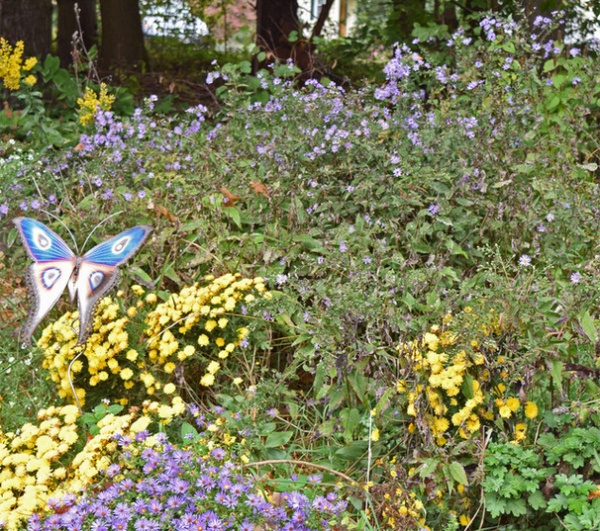
Seasonal interest: Blooms later than most native asters. In my garden (Maryland’s zone 6), it begins flowering just as aromatic aster (S. oblongifolium) reaches its peak, with strong bloom from mid-September through October.
When to plant: Container plants are best planted in spring but can go in until fall with sufficient moisture. Seeds can be sown outdoors in fall or started indoors under lights after a month of cold, moist storage (stratification). Unfortunately, Short’s aster isn’t widely available in retail nurseries; check online native-plant nurseries for seeds and young plants.
Shown: At the end of September, ‘October Skies’ aromatic aster is in full flower in the foreground just as Short’s aster, behind the yellow mums, starts its bloom cycle. At the top left is showy goldenrod (Solidago speciosa).
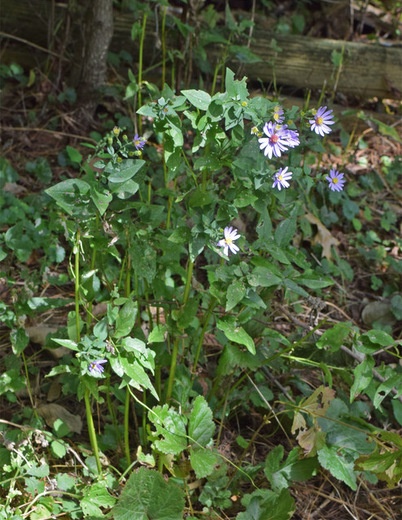
Distinguishing traits. The perennial’s ¾- to 1-inch-wide lavender flowers are borne on panicles at the end of each stem. Each flower consists of a central disk with 10 to 20 tiny yellow disk florets surrounded by a similar number of lavender ray florets. The disk florets turn brick red after pollination. The lower leaves along the stem are narrowly heart-shaped with no teeth along the edges and are borne on long, narrow leafstalks (petioles).
How to use it. Short’s aster is most notable for its ability to bloom well in dry shade (the relatively large lavender flowers show up well in subdued light). Although I’ve seen it blooming in full shade, it does best in open shade or partly sunny locations. Some of mine are in full sun, but they show the effects of a midsummer dry spell, which damaged some foliage. Because it blooms late in the season, it adds color and life to a garden that’s beginning to decline.
Shown: This plant is in a shady location but still has a good number of blooms. The fully open blossom shows the red color of pollinated flowers; most of the others are still yellow.
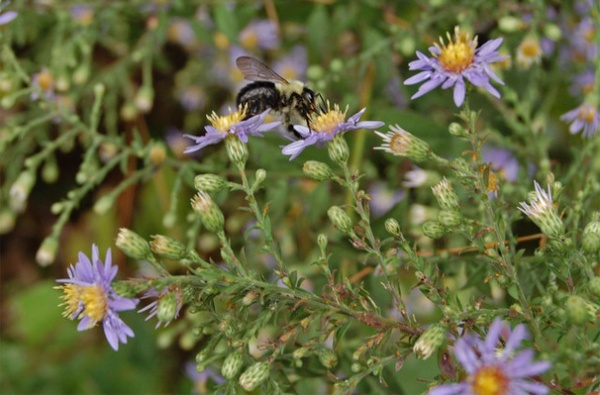
Planting notes. Short’s aster spreads by seed but isn’t overly aggressive. It will also spread by rhizomes to form colonies. Crowded plants can be dug up and divided in spring. Plants can be so heavy with blooms that they flop over in fall. I usually cut them back by a third in mid- to late June to create shorter, bushier plants.
Pollinator notes. A wide variety of bees and butterflies visit Short’s aster for nectar and pollen, and it’s a host plant for the larvae of pearl crescent and silvery checkerspot butterflies. Flowering continues late into fall, providing nutrition to those native insects. Wild turkeys and ruffled grouse feed on its foliage and seeds.
Shown: Early in the season, bumble bees and other pollinators cover these asters.
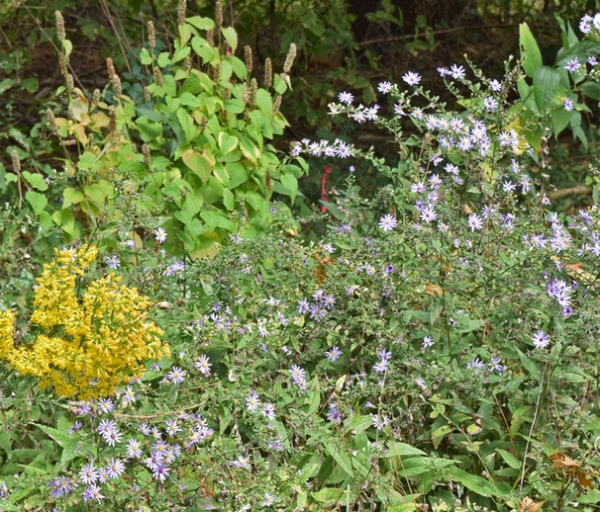
Shown: In early October, Short’s aster starts to blossom, while showy goldenrod is in midseason form. In the back, anise hyssop (Agastache foeniculum) is well past bloom.
More
20 Favorite Flowers for the Fall Landscape
Browse plants native to other regions of the U.S.
Related Articles Recommended












